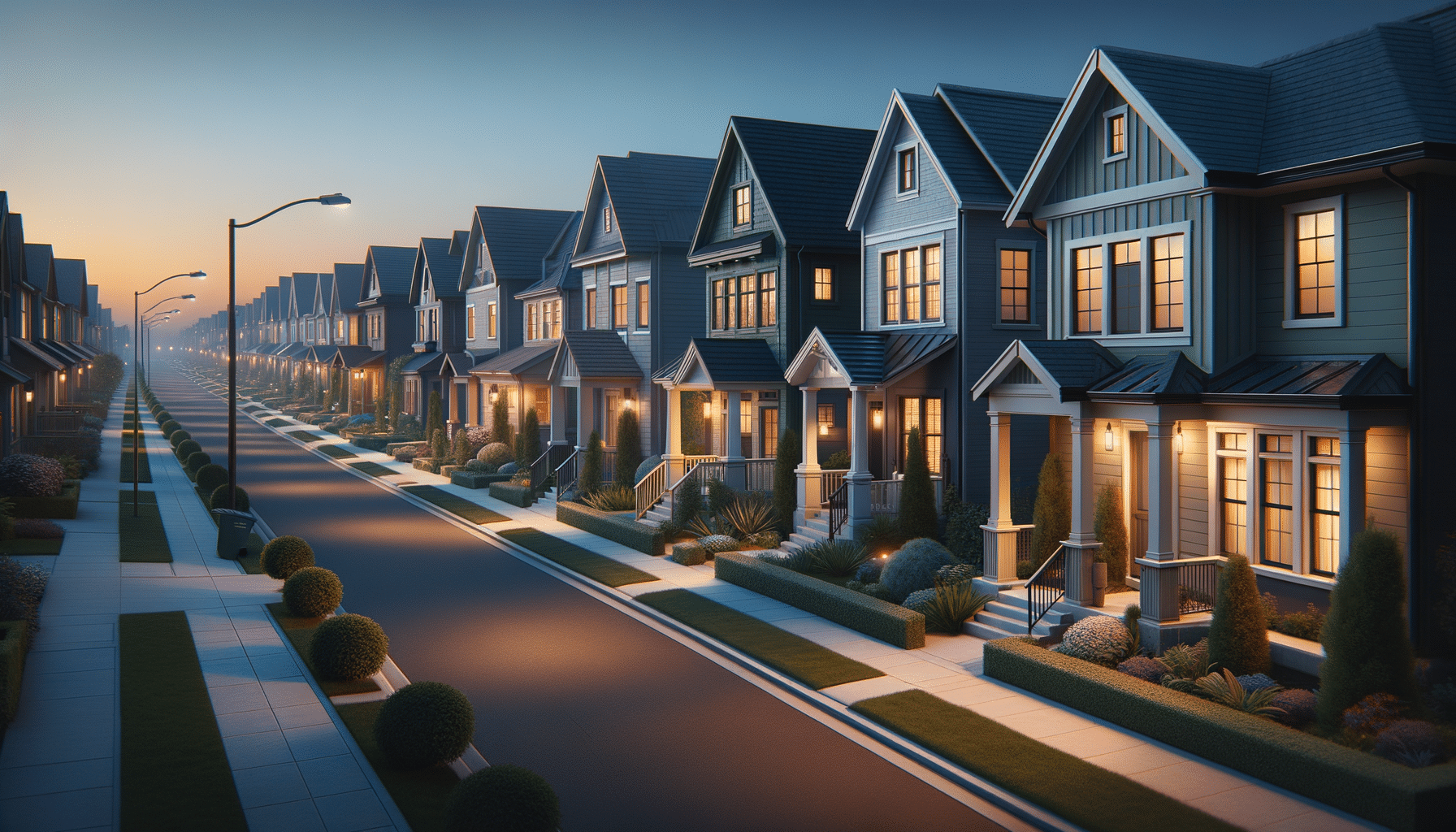
Learn More About VA-Backed Veterans Home Loans
Understanding VA-Backed Veterans Home Loans
VA-backed veterans home loans are a significant benefit available to eligible service members, veterans, and certain qualifying family members. These loans offer an opportunity to purchase homes with favorable terms, making homeownership more accessible for those who have served the nation. The VA loan program is designed to provide support and financial assistance, reducing the barriers that often accompany the home-buying process.
One of the primary advantages of VA-backed home loans is that they often require no down payment, making it easier for veterans to secure a home without the need to save for a substantial upfront cost. Additionally, these loans typically come with lower interest rates compared to conventional loans, which can lead to significant savings over the life of the loan. This financial relief is crucial for veterans who may be transitioning back to civilian life and managing various expenses.
Another notable benefit is the absence of private mortgage insurance (PMI), which is usually required for conventional loans with less than a 20% down payment. By eliminating PMI, VA loans further reduce monthly payments, allowing veterans to allocate their resources more efficiently. This feature highlights the VA loan’s commitment to providing cost-effective solutions for homeownership.
Eligibility Criteria for VA-Backed Loans
Eligibility for VA-backed home loans is determined by several factors, ensuring that the benefits are extended to those who have served or are serving in the military. To qualify, an applicant must meet specific service requirements, which vary depending on the period of service and whether it was during wartime or peacetime. Generally, veterans must have served a minimum number of active duty days to be eligible.
In addition to veterans, active-duty service members, members of the National Guard, and reservists may also qualify for VA-backed loans. Surviving spouses of service members who died in service or as a result of a service-connected disability may be eligible as well. The VA provides a Certificate of Eligibility (COE) to confirm an applicant’s qualification, which is a crucial step in the loan process.
It’s important to note that while the VA guarantees a portion of the loan, the actual loan is provided by private lenders such as banks and mortgage companies. Therefore, applicants must also meet the lender’s credit and income requirements. This dual qualification process ensures that borrowers are financially capable of managing their mortgage payments while benefiting from the VA’s support.
The Application Process for VA-Backed Loans
Applying for a VA-backed home loan involves several steps, beginning with obtaining the Certificate of Eligibility (COE). This document is essential as it verifies the borrower’s entitlement to a VA loan. Borrowers can apply for the COE through the VA’s eBenefits portal, by mail, or through a lender who has access to the VA’s automated system.
Once the COE is secured, the next step is to find a lender that participates in the VA loan program. It’s advisable to shop around and compare lenders to find one that offers favorable terms and understands the unique aspects of VA loans. After choosing a lender, the borrower will need to provide financial documentation, such as proof of income, credit history, and employment details, to complete the loan application.
Upon approval, the lender will issue a loan pre-approval letter, which helps in the home-buying process by demonstrating the borrower’s purchasing power to sellers. With pre-approval in hand, veterans can begin searching for homes that fit their needs and budget. The closing process for a VA loan is similar to other types of loans, but with the added benefit of the VA’s involvement in ensuring that the terms remain favorable for the borrower.
Benefits and Drawbacks of VA-Backed Loans
VA-backed home loans offer numerous benefits, but it’s essential to consider potential drawbacks to make an informed decision. The primary advantages include no down payment, competitive interest rates, and no requirement for private mortgage insurance. These features collectively reduce the financial burden on veterans, making it easier to achieve homeownership.
However, there are some limitations to be aware of. For instance, VA loans can only be used for primary residences, meaning they are not suitable for purchasing investment properties or vacation homes. Additionally, while the VA does not impose a maximum loan amount, lenders may have their own limits based on the borrower’s creditworthiness and local housing market conditions.
Another potential drawback is the VA funding fee, which is a one-time charge that helps cover the costs of the loan program. While this fee can be rolled into the loan amount, it still represents an additional expense. However, veterans with service-connected disabilities may be exempt from paying this fee, providing further financial relief.
Conclusion: Is a VA-Backed Loan Right for You?
VA-backed home loans are a valuable resource for veterans and service members aiming to purchase a home. By offering competitive terms and reducing the financial barriers of homeownership, these loans provide a pathway to stability and investment in one’s future. For eligible individuals, a VA-backed loan can be a practical choice, particularly if they are looking to buy a primary residence without a substantial down payment.
Nonetheless, it’s crucial to weigh the benefits against the potential drawbacks and consider personal financial situations and long-term goals. Consulting with a knowledgeable lender who understands the intricacies of VA loans can provide clarity and guidance throughout the process. Ultimately, for many veterans, a VA-backed loan represents not just a financial transaction but a step towards achieving the dream of homeownership.


